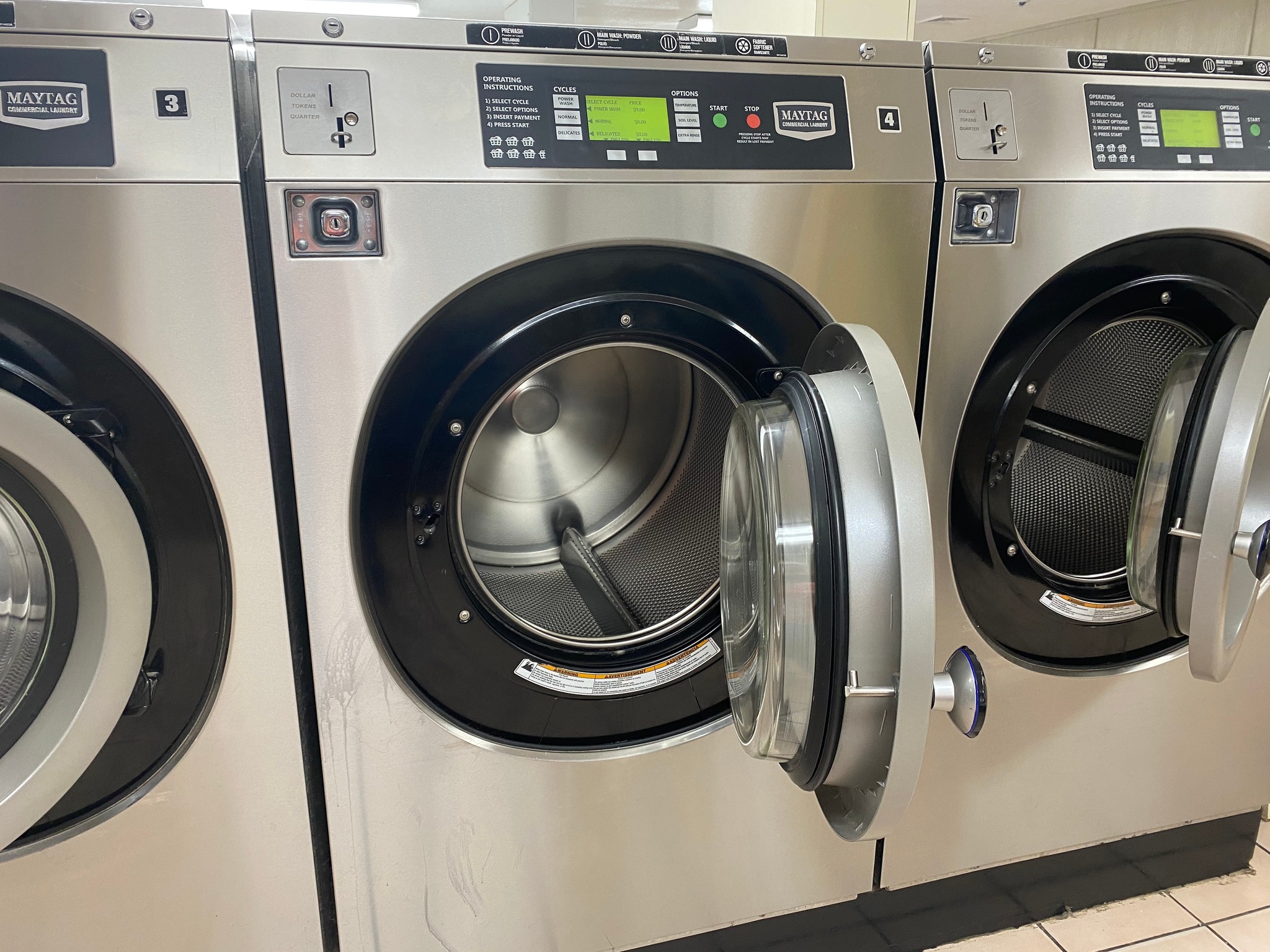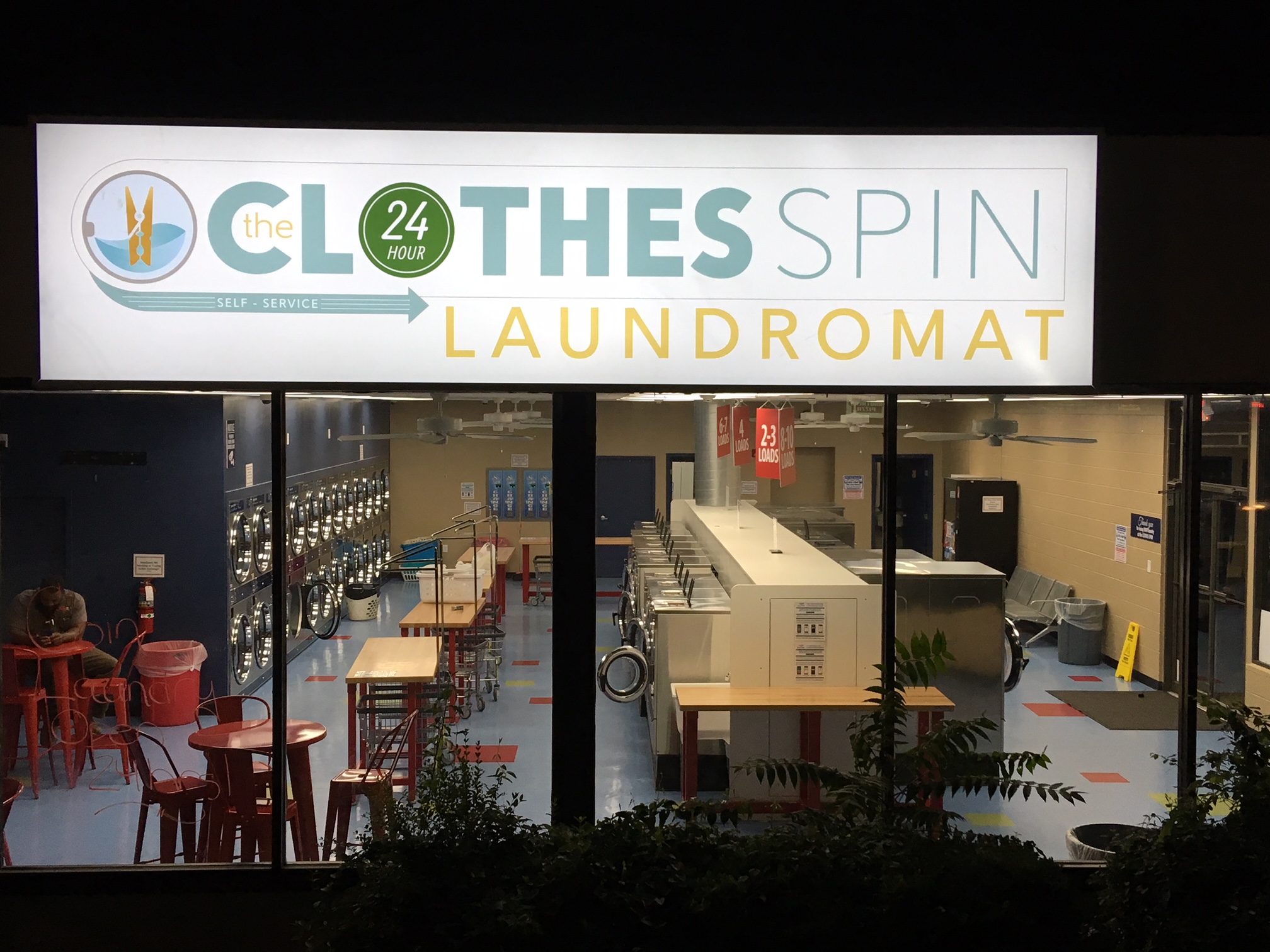If you’re running a business that requires large-scale laundry operations—whether it’s a hotel, hospital, restaurant, or laundromat—you know that commercial laundry is much more than just washing clothes. It’s about efficiency, cost-effectiveness, hygiene, and customer satisfaction.
In this guide, we’ll break down everything you need to know about commercial laundry, from equipment and processes to industry trends and cost-saving tips.
What is Commercial Laundry?
Commercial laundry refers to the large-scale cleaning of textiles, including clothing, linens, towels, and uniforms, typically for businesses or institutions. Unlike household laundry, commercial laundry requires industrial-grade equipment, high-capacity detergents, and strict cleanliness standards to handle bulk loads efficiently.
Who Needs Commercial Laundry Services?
Many industries rely on commercial laundry to maintain cleanliness and hygiene standards, including:
✅ Hotels & Resorts – Fresh bed linens and towels for guest satisfaction.
✅ Restaurants & Catering – Clean tablecloths, napkins, and staff uniforms.
✅ Hospitals & Healthcare Facilities – Sanitized scrubs, sheets, and patient gowns.
✅ Gyms & Spas – Fresh towels and robes for members and clients.
✅ Factories & Workplaces – Clean uniforms and protective gear.
✅ Laundromats & Dry Cleaners – Large-scale washing for multiple customers.
Types of Commercial Laundry Equipment
Commercial laundry requires heavy-duty machines designed for continuous, high-volume use. Here are the key types:
1. Commercial Washers
Unlike home washing machines, commercial washers are built for durability, efficiency, and speed. They come in front-load, top-load, and tunnel washers (for ultra-high volumes). Features to look for:
- Capacity: Ranges from 20 to 400 lbs per load.
- Energy Efficiency: Look for Energy Star-rated models.
- Water-Saving Features: Essential for cutting operational costs.
2. Commercial Dryers
High-capacity dryers remove moisture quickly without excessive heat damage. Consider:
- Gas vs. Electric Models: Gas dryers tend to be more efficient.
- Moisture Sensors: Prevents over-drying, saving energy.
- Steam & Wrinkle-Reduction Features: Improves fabric quality.
3. Ironing & Finishing Equipment
For professional presentation, businesses may use:
- Flatwork Ironers: Ideal for pressing linens and sheets.
- Steam Presses: Perfect for uniforms and tablecloths.
- Folding Machines: Automates the folding process for efficiency.
4. Detergents & Chemicals
Using the right commercial-grade detergents ensures effective stain removal, sanitation, and fabric longevity. Options include:
- Eco-Friendly Detergents – Reduce environmental impact.
- Disinfectants & Sanitizers – Essential for hospitals and healthcare facilities.
- Fabric Softeners & Starch – Enhance fabric feel and durability.
The Commercial Laundry Process
A successful laundry operation follows these essential steps:
1. Sorting & Pre-Treatment
- Separate whites, colors, and heavily soiled items.
- Pre-treat stains with spot removers.
2. Washing & Sanitizing
- Use high-efficiency washers with optimal detergent levels.
- Adjust water temperature based on fabric and stain type.
3. Drying & Conditioning
- Use industrial dryers with moisture sensors to prevent over-drying.
- Add fabric softeners or steam treatment for freshness.
4. Pressing & Folding
- Iron linens and uniforms for a crisp appearance.
- Fold and package items neatly for delivery or storage.
5. Quality Control & Delivery
- Inspect for stains or damage before returning to customers.
- Organize clean laundry for efficient distribution.
Benefits of Using a Commercial Laundry Service
If your business doesn’t have in-house laundry facilities, outsourcing to a commercial laundry service can save time and resources. Benefits include:
✔️ Cost Savings – No need to invest in expensive equipment and maintenance.
✔️ Time Efficiency – Faster turnaround times compared to in-house laundry.
✔️ Hygiene & Compliance – Meets industry sanitation standards.
✔️ Eco-Friendly Practices – Many services use energy-efficient machines and biodegradable detergents.
How to Choose the Right Commercial Laundry Provider
If you’re outsourcing laundry services, consider these factors:
🛠 Capacity & Turnaround Time: Ensure they can handle your volume and meet deadlines.
🧼 Hygiene Standards: Look for certifications like HLAC (Healthcare Laundry Accreditation Council) for medical facilities.
🌱 Eco-Friendly Practices: Ask about water recycling, energy-efficient machines, and biodegradable detergents.
💰 Pricing & Contracts: Compare pricing models—per pound, per item, or subscription plans.
Cost-Saving Tips for Commercial Laundry
💦 Invest in Energy-Efficient Machines: Reduces water and electricity bills.
🛠 Regular Maintenance: Prevents costly breakdowns and extends machine lifespan.
🧼 Optimize Detergent Use: Overuse leads to residue buildup and wasted money.
🌍 Recycle Water: Some systems reuse water to cut costs and environmental impact.
🕒 Run Full Loads Only: Maximizes efficiency and reduces wear on equipment.
The Future of Commercial Laundry
With advancements in technology and growing sustainability concerns, the commercial laundry industry is evolving.
🚀 Smart Laundry Systems – AI-powered machines optimize water, detergent, and energy use.
🌱 Eco-Friendly Innovations – Waterless washing and biodegradable detergents are on the rise.
📱 On-Demand Services – Mobile apps make it easier for businesses to schedule pickups and deliveries.
Final Thoughts
Commercial laundry is a vital part of many industries, ensuring cleanliness, hygiene, and efficiency. Whether you’re managing an in-house facility or outsourcing services, staying up-to-date with the latest equipment and practices can save costs and improve service quality.
Need help setting up a commercial laundry service? Do your research, compare options, and invest wisely!
Would you like specific recommendations for commercial laundry equipment or service providers? Let me know, and I can tailor this guide further!



